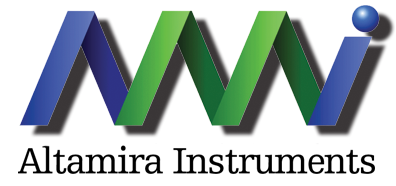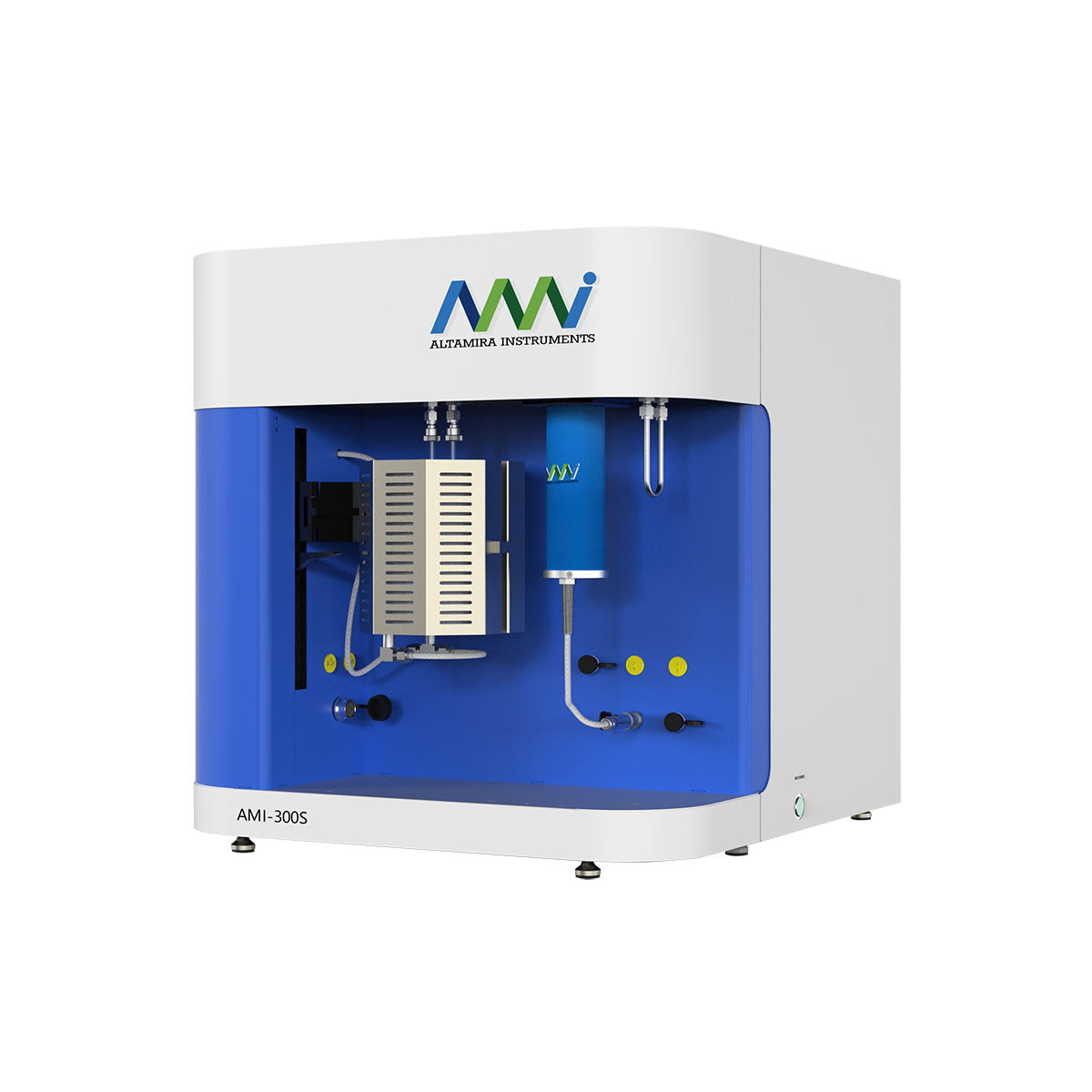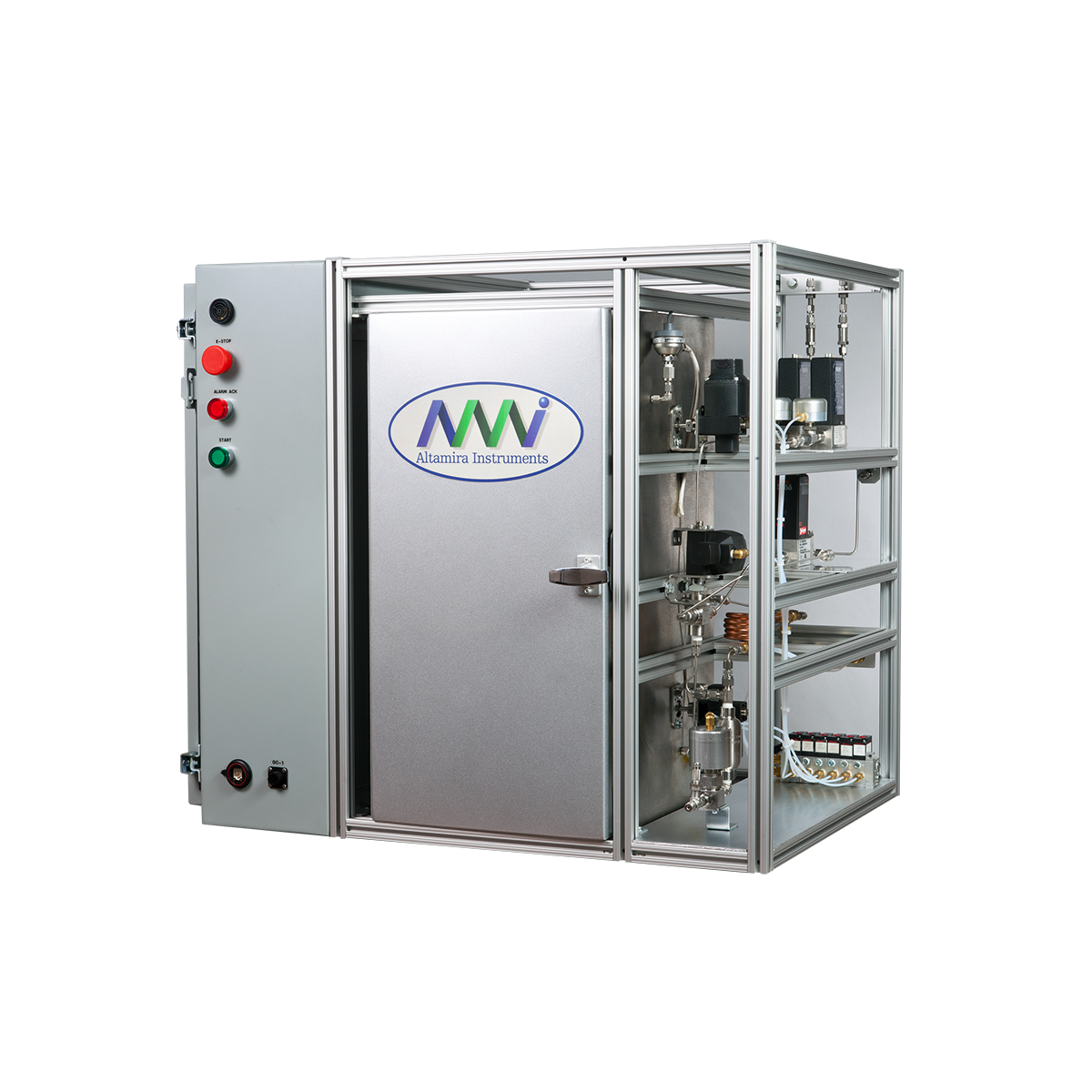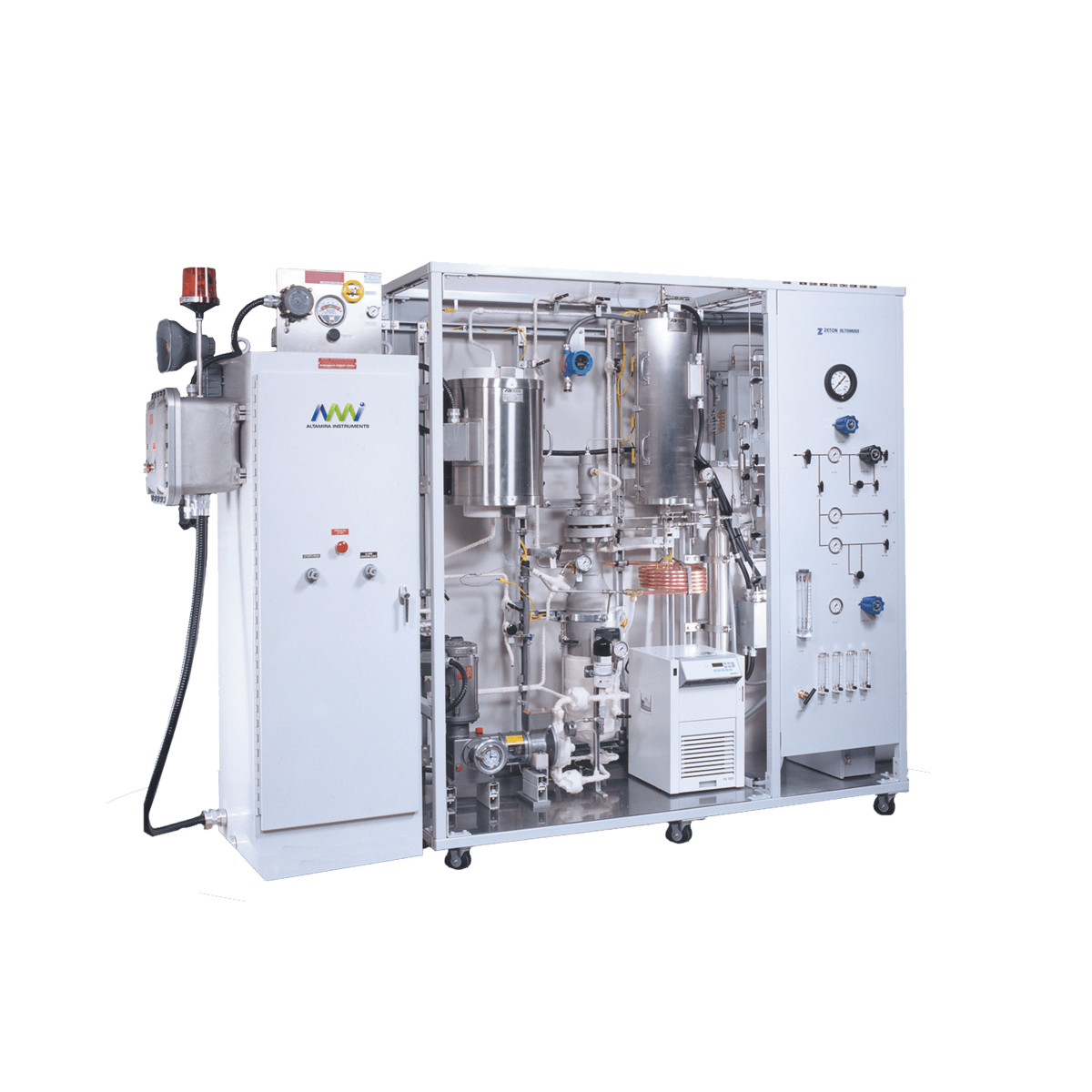The laboratory evaluation of fluid catalytic cracking (FCC) catalysts is complicated by the nature of the catalyst. As the name implies, FCC catalysts are commercially used in fluidized form and deactivate quickly during the cracking process. Thus, trying to mimic a commercial reactor for laboratory evaluation using only a few grams of catalyst is difficult, if not impossible. Although many tests exist to evaluate the acidity of a catalyst, a property important in FCC catalysis, the ultimate test consists of determining the activity and selectivity of the catalyst using a standard feed and under close to commercial operating conditions. This can be accomplished using the MICROACTIVITY TEST.
The Microactivitv Test
The microactivity test was first developed by the major oil companies in order to evaluate FCC catalysts in a batch mode using standard feeds. The test consists of passing a given volume of feed over a heated catalyst and collecting both the gas and liquid products. Based on the product analysis, the conversion and selectivities are calculated. The test was standardized in 1980 when ASTM issued Test Method D 3907 for evaluating catalysts based on the microactivity test. This standard method defines parameters such as reactor configuration, feed, catalyst charge, and operating temperatures and makes comparison across laboratories possible.
A schematic of a MAT unit is shown in Figure 1. A specially designed fixed-bed reactor, incorporating a pre-heater section, is used to hold the catalyst (typically about 4 grams) which is maintained at 900°F (482°C) for the ASTM procedure. The catalyst is loaded, first brought to temperature under a nitrogen flow, and allowed to flush for at least 30 minutes. The liquid feed is switched on and allowed to flow over the catalyst at a rate of 1.33 mL in 75 seconds and the liquid products collected in a receiver maintained at 32°F. ASTM recommends using gas oil as a feed. Since gas oil is fairly viscous, the syringe in the pump needs to be heated to 40°C (104°F). Immediately after the liquid feed addition, the reactor is again flushed with nitrogen for at least 15 minutes and any liquid effluent collected in the receiver.
The exact amount of feed used is determined by weighing the syringe before and after the test. The amount of product collected is weighed directly in the tared receiver. Any liquid held up in the reactor exit line or in the joints can be collected and the weight determined using a tared cotton swab.
The liquid product is analyzed by gas chromatography using a simulated distillation GC package. These are available commercially from all major manufacturers.
The conversion of the gas oil is calculated as the difference between the weight of the feed used and the weight of the unconverted material divided by the weight of the feed. Unconverted material is defined as all material with a boiling point above 216°C (421°F),i.e.:
where:
Wfeed represents the weight of the feed used;
Wproduct is the weight of product collected in the chilled receiver;
Wswab is the weight of retained liquid collected by the cotton swab; and
R is the weight percentage of material boiling above 216°C as determined by the simulated distillation GC analysis
Determining Selectivity
An extension of the original procedure is used to determine the product selectivity. The gaseous products are either analyzed on-line or collected and analyzed off-line. Quantitative gaseous analysis must include H2, H2S1, C1 to C4 and a C5+ lump that need not be resolved. The liquid fraction is analyzed by GC simulated distillation analysis. Solid carbon (coke) on the catalyst is determined using a commercial carbon analyzer or by passing oxygen over the catalyst and analyzing for the CO and CO2 formed. Combining these analyses, a mass balance can be obtained. ASTM recommends that mass balances be between 96% and 101% in order for the selectivity results to be reliable.
Typically, selectivity is reported for the following fractions:
Gas: H2 to C4
Gasoline:products between C5 and those boiling below 216oC
Light cycle oil: Products boiling between 216-343oC
Heavy cycle oil: Products boiling above
Coke
Steam Deactivation of FCC Catalyst
Prior to MAT evaluation, the catalyst is typically deactivated by hydrothermal “treatment or steaming.” This is important because the catalytic activity of a fresh catalyst is not a true measure of the behavior of a commercial catalyst. During FCC operation, the catalyst is deactivated by coke deposition as well as by thermal and hydrothermal Degradation. Thus, a hydro-thermally deactivated catalyst provides more meaningful MAT results.
Because there are great variations in catalysts, commercial unit designs, operating conditions, feeds, etc., no "standard" set of hydro-thermal deactivation conditions are available. ASTM gives some general conditions, further suggests that it is best to compare MAT results from catalysts deactivated at the same conditions.
Commercial MAT Units
Altamira offers a range of turn-key MAT systems. Altamira's MAT units provide maximum operating flexibility in terms of catalyst charge, oil ratios, and space velocities, as well as full computer control and interchangeable reactors. The system design results in excellent material balance and reproducibility, even with ResidContaining Heavy Feeds (up to 8% Conradson Carbon) as demonstrated by an independent testing laboratory.
Designed for a broad spectrum of catalyst evaluations, these sophisticated MAT systems provide highly accurate and reliable results and meets all the requirements of ASTM procedures Nos. D 3907, D 4463, and D 5154.
These MAT systems are available in either manual or fully-PC controlled units and feature a specially designed fixed-bed microreactor, mass flow controllers, gas and liquid collection, and an optional on-line GC interface. In addition, the MAT units have the flexibility to test catalysts using an interchangeable fixed fluidized Bed (FFB) microreactor to better simulate a commercial reactor. The FFB microreactor has a catalyst capacity of 4 to 20 grams compared with the fixed bed microreactor capacity of 1 to 10 grams.
Zeton Altamira MAT units are designed to run VGO (vacuum gas oil) as well as Atmospheric and vacuum residue oil mixtures.
A number of Options are available in Zeton Altamira’s MAT units to further enhance the procedure and simplify operation. These include:
Automatic switchover valve On-line catalyst regeneration Automatic coke determination Steam deactivation module Refinery gas analyzer GC Analysis by simulated distillation Multiple Liquid-Collection Vessels Refrigerating unit
Zeton Altamira also manufactures MAT but units to a client’s particular specification, such as greater catalyst capacity. Multiple reactors, or multiple cycle operation and fresh catalysts based on ASTM procedure No. D 4463.
References
ASTM Procedure No. D 2887 — Test Method for Boiling Range Distribution of Petroleum Fractions by Gas Chromatography.
ASTM Procedure No. D 3907 — Standard Method for Testing Fluid Catalytic Cracking (FCC) Catalysts by Microactivity Test.
ASTM Procedure No. D 4463 — Standard Guide for Steam Deactivation of Fresh Fluid Cracking Catalysts.
ASTM Procedure No. D 5154 — Standard Test Method for Determining the Activity and Selectivity of Fluid Catalytic Cracking (FCC) Catalysts by Microactivity Test.
Altamira Note No. 13 — Measuring Acidity in Zeolites using TPD.




